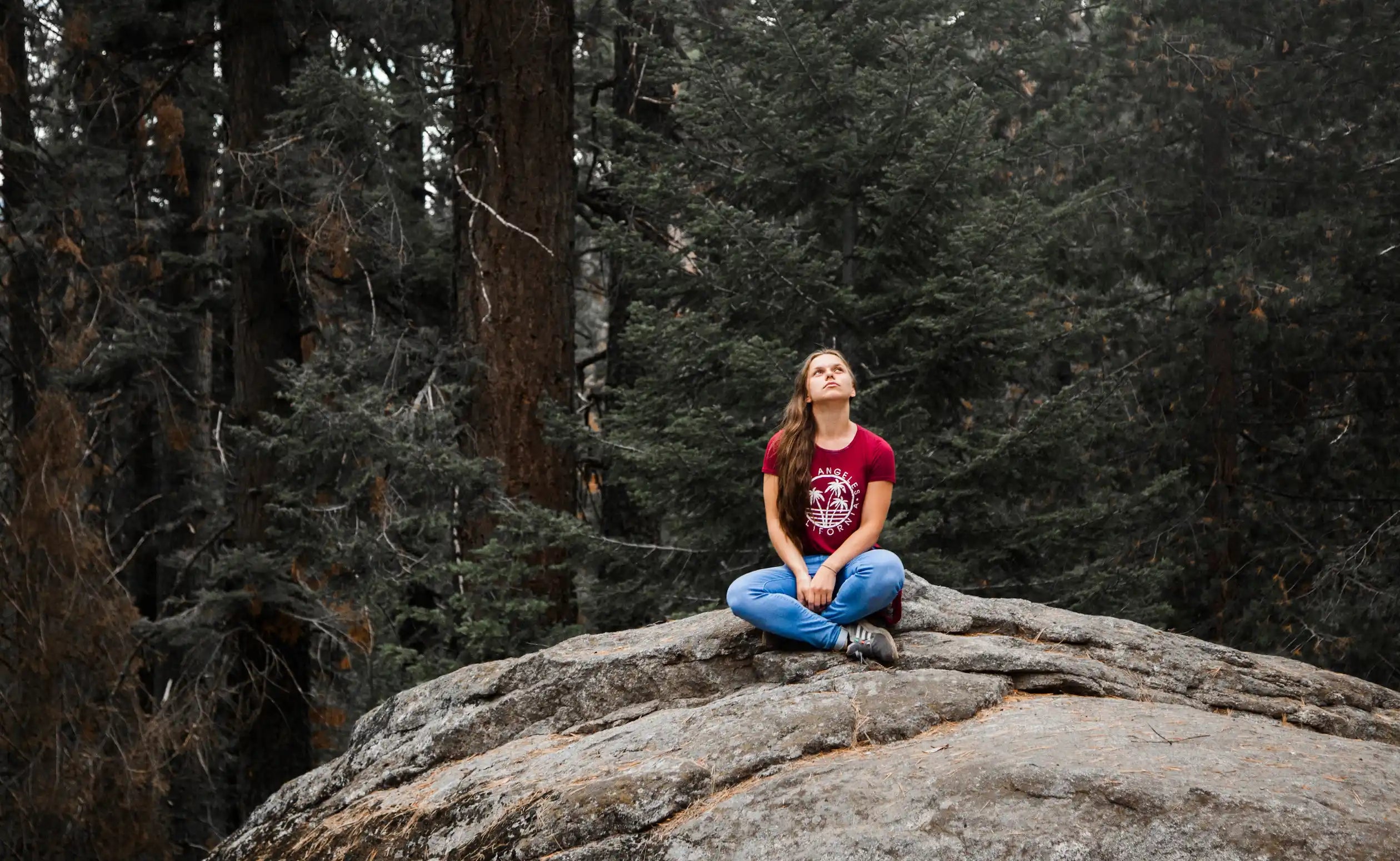Article: The Art of Living on Purpose: What It Feels Like When Every Day Aligns

The Art of Living on Purpose: What It Feels Like When Every Day Aligns
There seems to be a misconception that living with intention means you have your life figured out. Most people are still learning what their values are versus what they think they should be. But there's something distinctly different about the days when choices feel connected to something deeper than habit or obligation.
The Flow State of Ordinary Life
When actions start matching values. Time moves differently. Not faster or slower, exactly. More like it moves at the right speed.
Picture spending an entire afternoon doing something you love, and when you look up, four hours have passed. But it doesn't feel like lost time or stolen time. It feels like time that belonged to you. Time you were fully inhabiting instead of just getting through.
This feeling starts appearing in smaller moments too. The way fifteen minutes of actually listening to music, not just as background sound, but as the main event can feel more spacious than an hour of scrolling. The way choosing to walk somewhere instead of driving can turn a simple errand into something that feeds you.
Research on values-based living suggests that people who regularly align their actions with their core values often report higher levels of life satisfaction and lower levels of decision fatigue. When choices flow from a consistent internal framework, the brain doesn't have to work as hard to navigate daily decisions.
What Quiet Confidence Actually Feels Like
People talk about confidence like it's something you put on in the morning with your clothes. But the kind that emerges from living aligned feels completely different. It's deeper. Less performed.
Consider this scenario: Someone asks why you turned down a project that would have paid well but felt off somehow. You start to explain all the logical reasons: timeline conflicts, scope creep, budget concerns. Then you stop. Because none of that was the real reason.
"It didn't feel right," you say. "I can't explain why."
For many people, admitting they can't explain a decision feels like failure. But from an aligned place, it feels like honesty. And somehow, more trustworthy than any perfectly crafted justification.
The shift is this: confidence stops being about knowing you're right and becomes about knowing you can handle being wrong.
The Unexpected Joy of Ordinary Moments
There's joy hiding in the most ordinary moments. Genuine delight that emerges when you're actually present for your own life.
Like how you might choose to leave a party when you're actually ready to leave, instead of when you think you should leave. Or how saying no to something you don't want to do frees up energy you didn't even know you were spending.
There's a lightness that comes with not having to maintain the gap between who you are and who you're pretending to be. It's exhausting work, that gap. Most people don't realize how much energy it takes until they stop doing it.
Picture making coffee in the morning, the same routine you've had for months. But suddenly you're aware of choosing the mug you actually want instead of the one that's easiest to reach. Such a small thing. But it registers as a moment of living instead of just existing.
These aren't the peak experiences we're told to chase. There's no mountain top or life-changing revelation. Just the accumulated effect of thousands of tiny choices that feel authentic instead of automatic.
When Life Becomes Creation Instead of Reaction
One of the biggest shifts in aligned living: you're no longer surprised by your own decisions.
Many people make choices and then spend days wondering why they chose what they chose. Like watching someone else drive their life and trying to reverse-engineer the logic. There's always this gap between the decision and the decider.
In alignment, that gap closes.
You start creating your days instead of just responding to them. And creation, it turns out, is less dramatic than expected.
This process of intentional living beyond just having perfect days or making perfect choices. It's more about cultivating the capacity to notice when something feels aligned versus when it doesn't. And then trusting that information enough to act on it.
The Small Revolutions of Daily Choice
Living on purpose isn't one big decision. It's a thousand tiny revolutions happening in the space between what we call The Blink. That split second when you have the option to respond automatically or to choose consciously.
Choosing honesty over politeness when someone asks how you're doing. Picking the book you actually want to read instead of the one you think you should read. Staying in a conversation that's nourishing you instead of cutting it short because you feel like you should be doing something more productive.
Each choice is small. But they accumulate.
HOW THE BLINK DECK SUPPORTS ALIGNED LIVING
The Blink Deck gives you daily architecture for practicing intentional living without adding elaborate routines:
Morning
- Set an intention that connects to what actually matters to you
- Not generic affirmations—personal reflection that makes it yours
- Permission to choose intentions that feel alive, skip ones that don't
Throughout the day:
- Examples of real-time moments when you catch yourself choosing automatically
- The wooden token as a tactile reminder: "I get to choose here"
- Practice noticing the gap between reaction and conscious choice
Evening:
- Reflect on moments when choices felt aligned
- Notice when you chose yourself versus when you chose obligation
- Integrate what you're learning about your actual values
30 unique intentions across six pathways:
- Deep Presence (grounding and awareness)
- Embody (strength and self-compassion)
- Elevate (resilience and growth)
- Wonder (awe and joy)
- Belonging (connection)
- Thrive (purpose and momentum)
When an intention resonates deeply, stay with it for days or weeks. When one doesn't land today, skip it for a time it does.
No streaks. No badges. No performance pressure.
Physical cards that integrate into your actual day—not an app demanding your attention, not a routine requiring perfect conditions. Just honest practice for feeling more like yourself.


Leave a comment
This site is protected by hCaptcha and the hCaptcha Privacy Policy and Terms of Service apply.